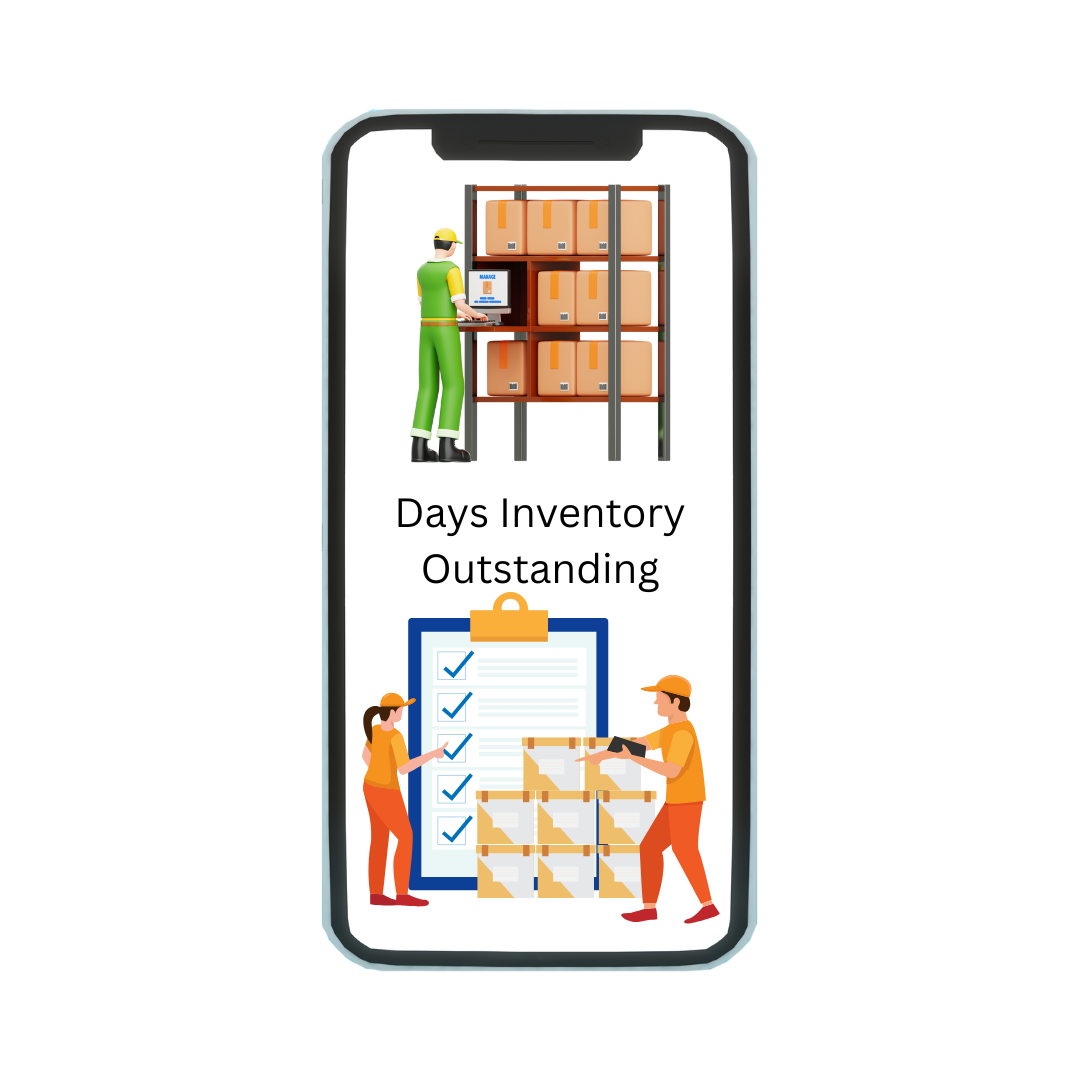Ascending Triangle is a chart pattern used in technical analysis which is created by price moves that allows for a horizontal line to be drawn along the swing highs and a rising trendline to be drawn along the swing lows. The two lines form a triangle.
What is an Ascending Triangle Pattern ?
The ascending triangle is a bullish continuation pattern and is characterized by a rising lower trendline and a flat upper trend line that acts as a support. Ascending triangle pattern indicates that buyers are more aggressive than sellers as price continues to make higher lows. When the price breaks out of the tringle in the direction of the overall trend the pattern gets completed.
Features of Ascending Triangle Pattern
- Strong Trend: In order for the ascending triangle to exist in the first place, the price action must start from a clear uptrend.
- Temporary Pause: This element refers to the consolidation phase, which will help the buyers consolidate their strength.
- Breakout: – The break of the upper flat line marks the breakout which activates the pattern. It also helps us determine the entry take profit, and stop loss at large.
Ascending Triangle Pattern Interpretation
In the ascending triangle pattern the upper trend line is flat and the bottom trend line rises above. As the prices trend above with the peaks and trough, prices face resistance and there is temporary reversal. Each of the troughs forms at the higher levels. The formation of this triangle occurs when the prices close above the resistance level along the peaks. The prior uptrend continues when the price breaks the resistance. Volume is low during the formation of the pattern.
Components of Ascending Triangle
- Preceding Uptrend
Ascending triangles normally form after an uptrend and the pattern signals a continuation of that uptrend. So, an ascending triangle should ideally be formed after a stock has experienced significant gains before meeting an area of resistance.
- Resistance Area
The area of resistance forms the upper, horizontal line of an ascending triangle pattern. For the pattern to form, this resistance area should be tested several times. The more times that the resistance area is tested and not broken through, the stronger the eventual breakout may be.
- Ascending Lows
The price of a stock in an ascending triangle pattern will oscillate between testing the resistance area and setting a series of lows, each one higher in price than the prior low. These lows form an ascending trendline that may be tested repeatedly as the pattern progresses.
- Breakout
A bullish breakout above the resistance area signals the completion of an ascending triangle pattern. This breakout should occur on above-average volume. The expected magnitude of the breakout above the resistance line is equivalent to the price difference between the resistance line and the lowest low at the beginning of the triangle pattern.
How to Trade an Ascending Triangle
Here’s how traders can approach a stock that’s forming an ascending triangle pattern.
Step 1: Identify the Pattern Formation
To find an ascending triangle pattern, look for a stock that had a strong uptrend and is now trading sideways. A horizontal area of resistance should be clearly visible in the chart, while drawing trendline across the stock’s lows should yield an ascending line.
Step 2: Wait for the Breakout
- Ascending chart patterns can take weeks to months to fully develop. Each new test of the resistance area has the potential to break out, but traders should be wary of false breakouts.
- A sustained breakout will typically be accompanied by above-average trading volume. The closer the ascending trendline comes to meeting the horizontal resistance line, the more likely a breakout is to occur.
Step 3: Enter a Trade
Traders can enter a bullish trade once a breakout is confirmed.
Step 4: Exit the Trade
- The expected price movement of the breakout is equal to the price difference at the widest part of the ascending triangle pattern. You can measure the distance between the resistance area and the lowest low at the start of the pattern and add that to the resistance area to calculate a profit target for the trade.
- When setting a stop loss, set it slightly below the resistance area. It is not uncommon for stocks to retest the resistance line – which becomes a support line after the breakout. They may drop slightly below this line before the breakout continues, but a significant drop below the resistance line signals that the breakout may have failed.
Tips for Trading Ascending Triangles
- Because the ascending triangle is a bullish pattern, it’s important to pay close attention to the supporting ascension line because it indicates that bears are gradually exiting the market.
- Bulls (or buyers) are then capable of pushing security prices past the resistance level indicated by the flat top line of the triangle.
- As a trader, it’s wise to be cautious about making trade entries before prices break above the resistance line because the pattern may fail to fully form or be violated by a move to the downside.
- There is less risk involved by waiting for the confirming breakout. Buyers can then reasonably place stop-loss orders below the low of the triangle pattern.
Advantages and Limitations of Ascending Triangle Pattern
The ascending triangle is an incredibly helpful pattern when assessing potential trend continuations. It does, however, have its shortcomings and traders ought to be aware of both.
ADVANTAGES | LIMITATIONS |
Easy pattern to identify | False breakouts are possible |
The ascending triangle produces a clear target level – based on the max height of the ascending triangle | There is always a chance that price moves sideways for an extended period of time or even moves lower |
Since this is an intermediate-term pattern, traders have the option to trade within the triangle but should filter trades in the direction of the trend |
The Bottom Line
In the end, as with any technical indicator, successfully using triangle patterns really comes down to patience and due diligence. While the ascending triangle pattern tend toward certain signals and indications, it’s important to stay vigilant and remember that the market is not known for being predictable and can change directions quickly. This is why judicious traders eyeing what looks like a triangle pattern shaping up will wait for the breakout confirmation by price action before adopting a new position in the market.



